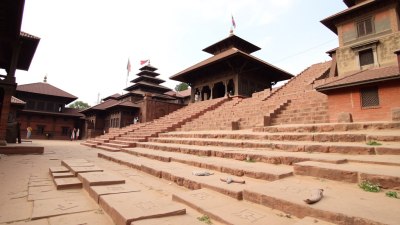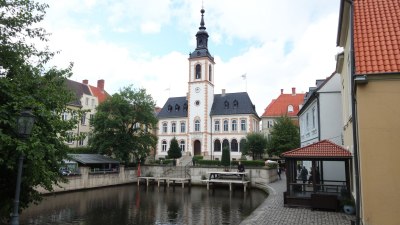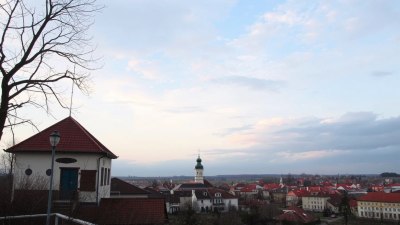Footsteps Carved in Earth in Bhaktapur, Nepal
Explore the historical significance and cultural heritage of Bhaktapur, Nepal through its carved footsteps.

Image created with Flux Schnell
Bhaktapur, a city known for its rich history and stunning architecture, is nestled in the Kathmandu Valley of Nepal. It boasts a diverse cultural heritage that reflects the country's rich traditions and art. Among the various attractions, the 'Footsteps Carved in Earth' stand out for their unique historical significance. These steps serve not only as reminders of the past but also as symbols of the cultural resilience of its people.
Each of the carved footsteps tells a story, echoing the lives of those who walked these paths centuries ago. They are not merely decorative; they have practical purposes and historical context that can help us understand the evolution of Bhaktapur over the centuries. As we delve into the details, we uncover how these carvings provide insights into the ancient practices, beliefs, and everyday lives of the locals.
The Historical Context of Bhaktapur
Bhaktapur was once the capital of the Malla Kingdom in the medieval period. It thrived as an important center for trade, art, and culture. The city is well-preserved, showcasing intricate temples, palaces, and marketplaces that reflect the architectural ingenuity of the time. The city's layout and the craftsmanship found in the buildings illustrate a blend of political power and spiritual life, which was paramount in the lives of its citizens.
The 'Footsteps Carved in Earth' are part of this historical narrative. They are located in various places across the city, often leading to significant monuments or religious sites. The craftsmanship involved in their creation showcases not only the artistry of the local artisans but also signifies the spiritual journeys and daily activities of the townsfolk.
Cultural Heritage and Its Significance
The cultural landscape of Bhaktapur is vibrant, with festivals, rituals, and traditions that continue to thrive today. The carved footsteps contribute significantly to this heritage. They often symbolize auspicious pathways and are seen as tangible connections to the past. When people walk in the footsteps of their ancestors, they are not just traversing a physical space; they are engaging in a cultural rite that affirms their identity and continuity.
These carvings often hold astrological and spiritual significance as well. Residents believe that following these steps during certain festivals or rituals can bring good fortune. In a city where religion influences every aspect of daily life, the carved footsteps serve as a compass guiding individuals towards spirituality and community bonding.
The Artistic Aspect of Carvings
The footsteps are often intricately designed, showcasing various motifs representing local beliefs and artistic styles. The craftsmanship reflects the skill and dedication of the artisans who created them, using locally sourced materials that have withstood the test of time. Over the years, many of these carvings have been weathered by the elements, but their resilience speaks to the enduring spirit of Bhaktapur's cultural identity.
Artisans contribute to this tradition of carving footsteps by incorporating symbols that may depict religious motifs, floral patterns, or abstract forms. Each step carries a unique design, and the diversity of these motifs adds a rich layer to the cultural tapestry of the city.
Footsteps as a Symbol of Connectivity
In many ways, the footsteps represent connectivity—between the past and present, the physical and spiritual, and among the community members themselves. They guide visitors through historical paths that connect various important sites, including temples and squares. This connectivity is vital to the community, reinforcing social bonds and collective memory.
Each visitor to Bhaktapur is offered the chance to partake in this journey through the city’s history, making the experience of walking upon these carved footprints profound. The footsteps are more than just artistic renditions—they are an invitation to engage with history and understand the cultural roots that anchor the present.
Modern-Day Relevance
Today, the 'Footsteps Carved in Earth' hold relevance in contemporary discussions about heritage, tourism, and preservation. As Bhaktapur attracts both national and international visitors, the city’s cultural sites are critical in conveying the richness of Nepali history. Recognizing the importance of these footsteps has led to initiatives aimed at preserving and maintaining both the physical integrity of the carvings and their cultural significance.
Local governments and cultural organizations are working to educate the public about these historical symbols. They are being promoted as essential elements of Bhaktapur’s identity in an increasingly globalized world. The work of conservationists is crucial, ensuring that future generations can continue to appreciate and walk the same paths once traversed by their ancestors.
Tourist Experience Highlights
For travelers, walking the streets of Bhaktapur and discovering the 'Footsteps Carved in Earth' is more than a mere sightseeing experience; it's an exploration of cultural depth. Tour guides often elaborate on the stories behind these steps, enriching visitors’ understanding and providing context that brings these physical artifacts to life.
Tourists are encouraged to touch the carvings and follow the paths, participating in a living heritage that resonates through time. The connection established with the past deepens the appreciation for the artistry and spiritual significance inherent in these carvings.
The Future of Bhaktapur's Cultural Heritage
As modernization progresses, Bhaktapur faces challenges in balancing development with cultural preservation. The 'Footsteps Carved in Earth' are not just relics of the past; they are active parts of the narrative that shapes Bhaktapur's identity. Incorporating heritage conservation into urban planning is vital to ensure these culturally significant artifacts endure.
Educational programs aimed at both locals and tourists can create awareness about the importance of preserving these carvings. Schools can include local history in their curricula, fostering a sense of pride and responsibility in the younger generation to uphold their heritage. Collaboration with international preservation organizations can also enhance efforts to protect these historical treasures.
The 'Footsteps Carved in Earth' in Bhaktapur are a testament to the city’s rich history and complex cultural narratives. These carvings embody the spirit of the community and continue to serve as links to the past, guiding people toward a shared cultural heritage. As we reflect on their significance, we are reminded of the importance of preserving not just the physical structures of our history but also the stories and identities they represent. Thus, honoring these footsteps allows us to walk hand in hand with our ancestors, embracing the journey of culture and identity that defines us.











